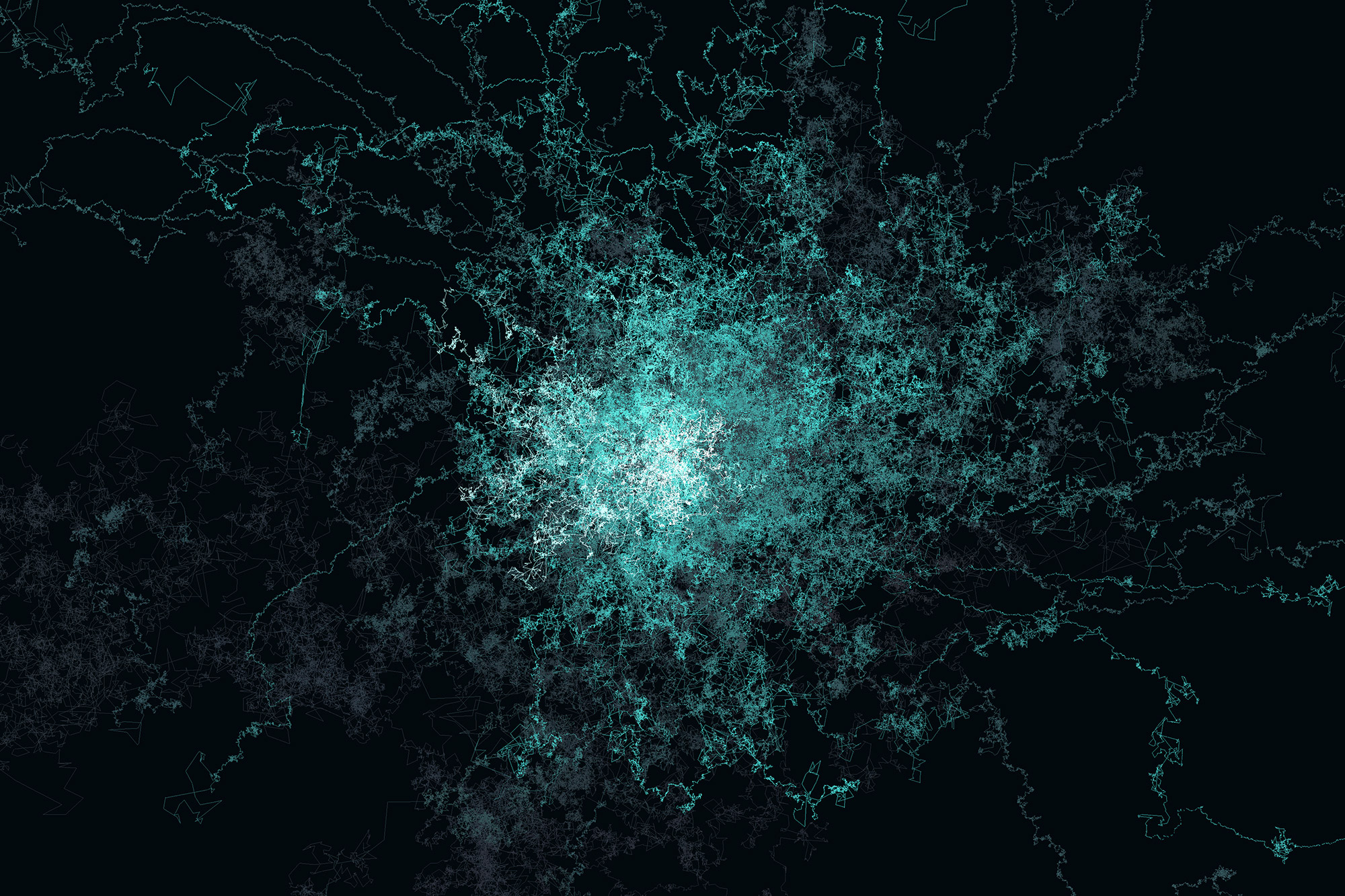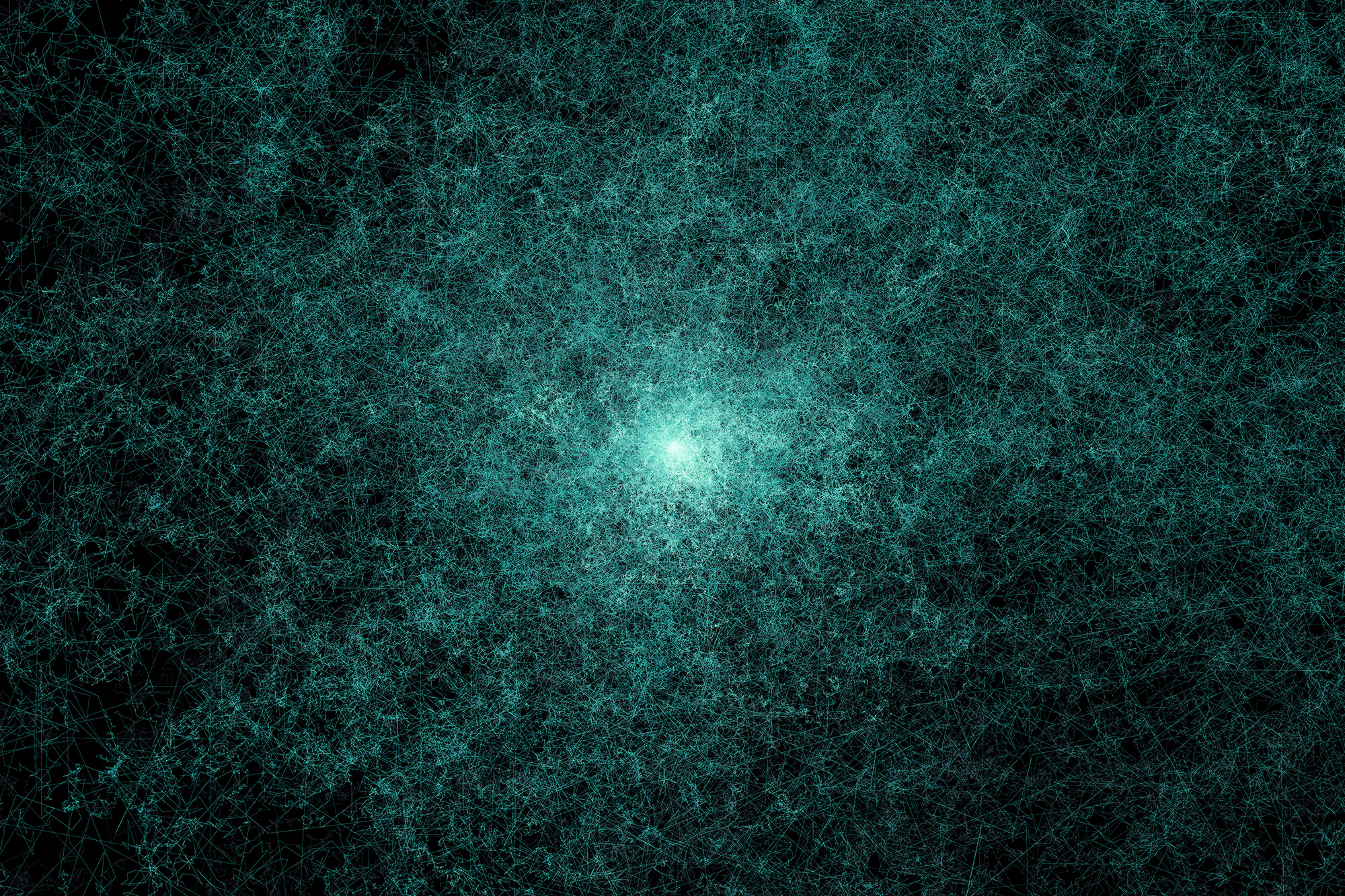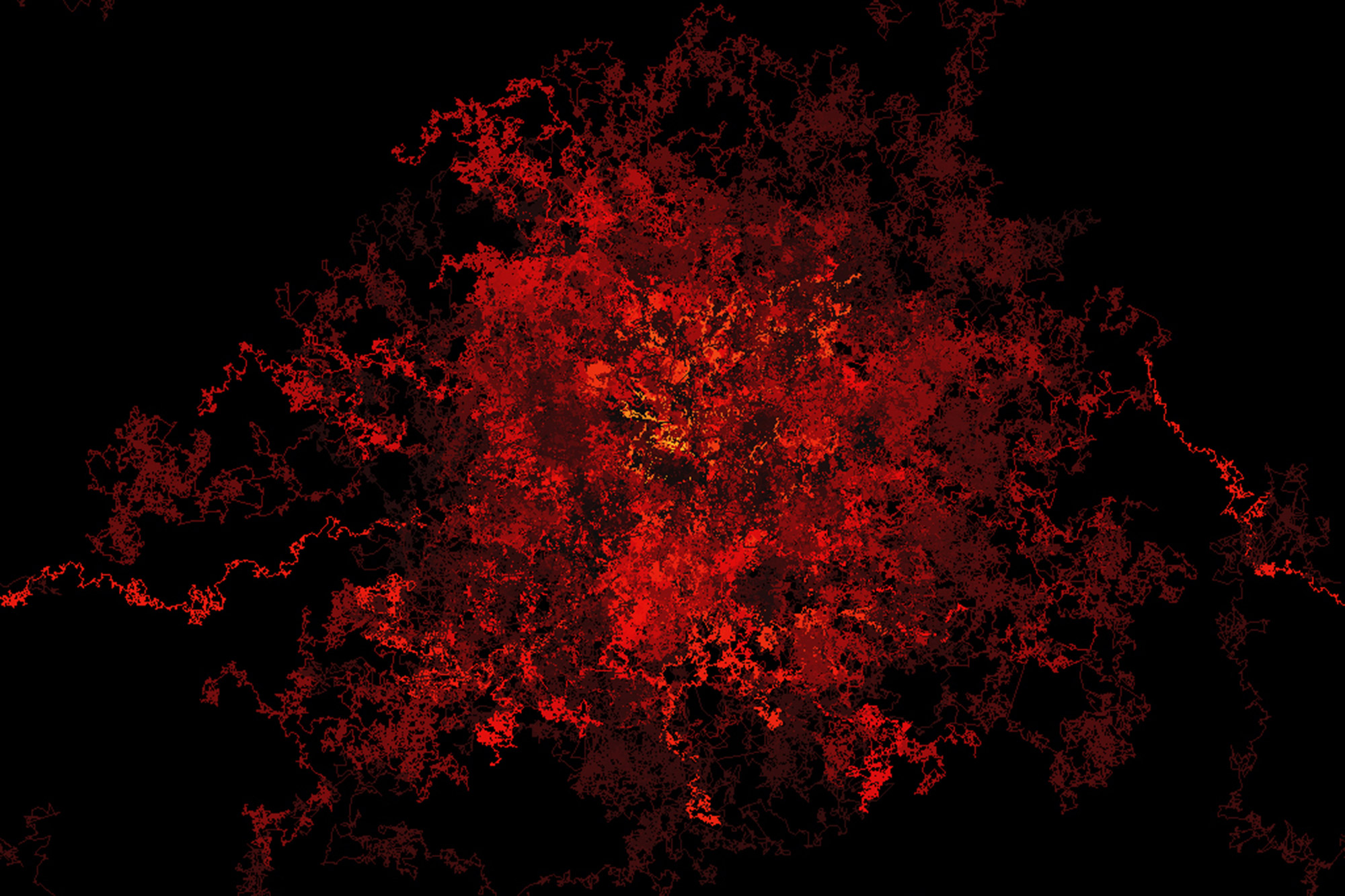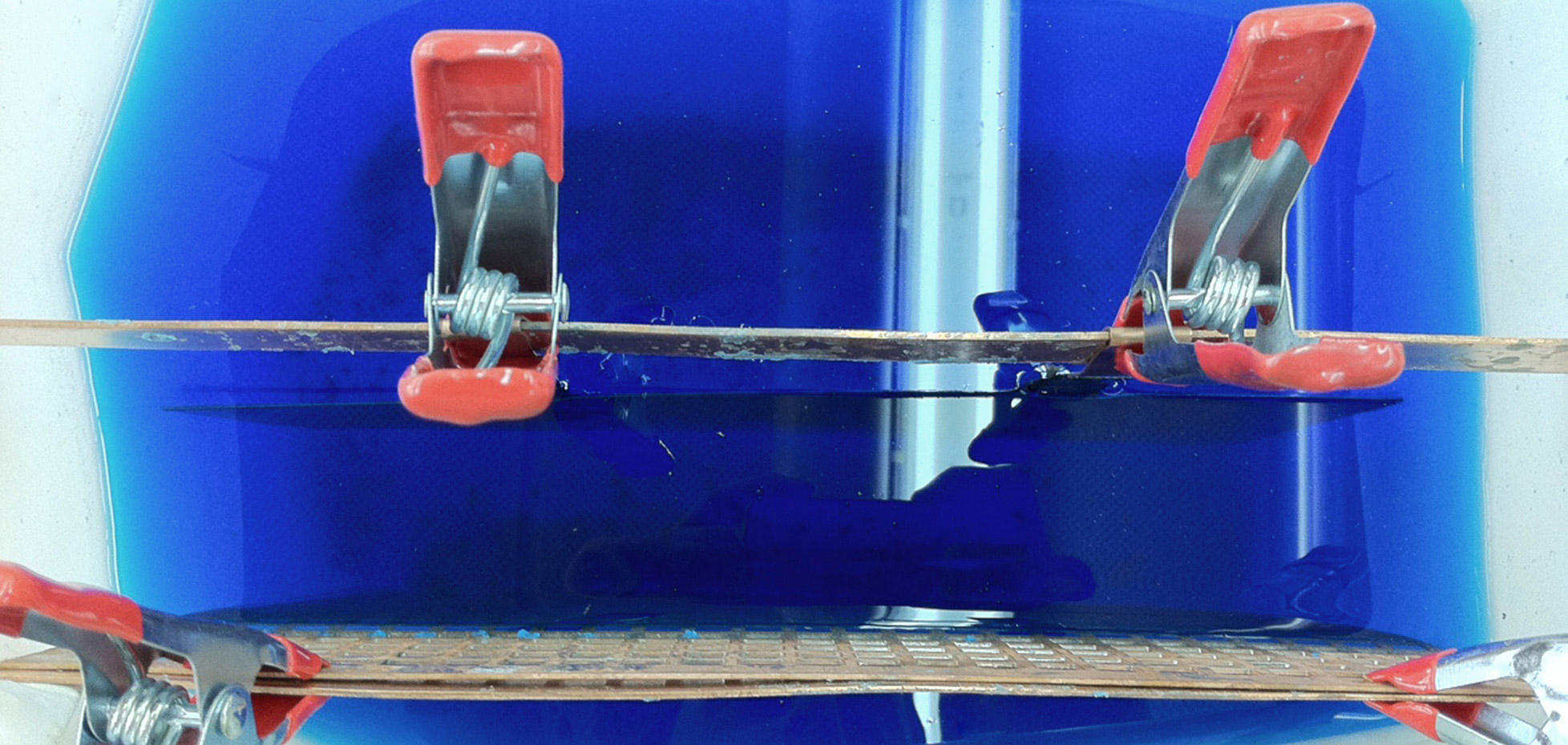_macrocosm - microcosm
_ Disciplines
engraving systems
_ Development and Implementation
macrocosmos-microcosmos
This project, in continuity with previous actions of the dx5 research group, focuses on research and development solutions for traditional artistic engraving techniques, by seeking chemical and physical, viable and sustainable development alternatives, within non-toxic engraving systems.
Knowledge acquired in previous research allowed us to achieve remarkable scientific milestones and consolidate dx5 as a reference group in non-toxic engraving and expanded field graphics among research teams from Spanish Universities and Technological Centres.
This project was awarded a grant for "Consolidating and Structuring" Competitive Research Units within the Galician University System (2012) by the Regional Ministry of Culture, Education and University Planning.
_ABOUT THE PROJECT
Our determination to deepen knowledge on useful and effective application of non-toxic engraving systems –which is neither covert nor responds to prevailing trends– is largely due to a modest attempt to resolve the perennial issue of toxicity and harmfulness in etching with acids and printing that uses volatile solvents, which are highly harmful to health and inconceivable today, both for the creative activity of artists in this field and in university teaching.
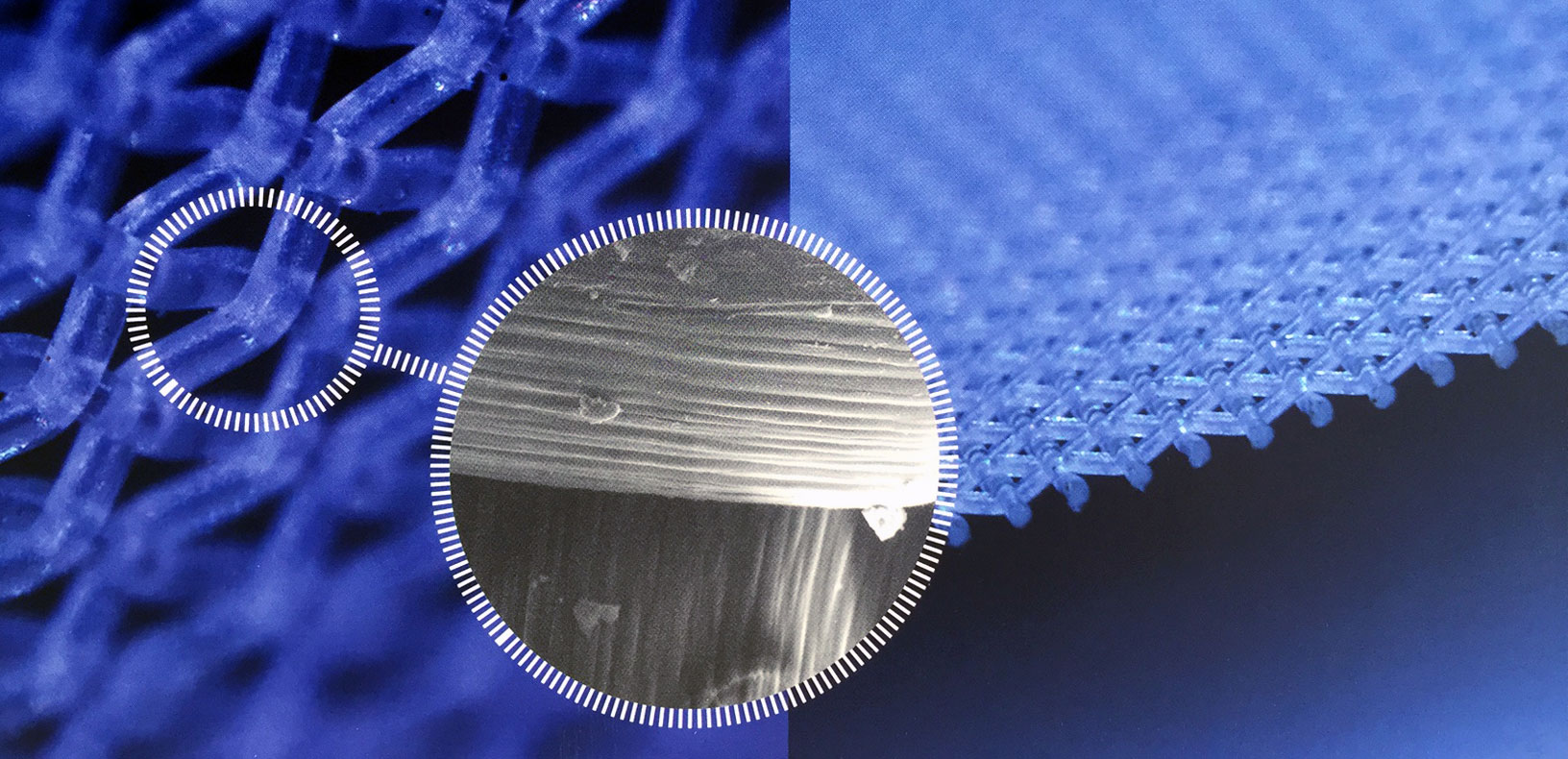
_the contemporary engraving, a closer look
In this project we aim to ascertain the microcosm that lies behind the chemistry of graphic processes (engraving, lithography, screen printing, digital techniques, photopolymers, etc.) through electron microscopy photographs, microanalysis and some studies in the nanotechnology laboratory, and thus ascertain the behaviour of many common materials such as resins, varnishes, acids, pigments, inks, oils, etc.
This will contribute to deepening knowledge on the microreality of contemporary graphics from its most scientific perspective whilst helping in future restoration and conservation of printed works.
Thanks to the facilities and equipment offered at the C.A.C.T.I. (Centre for Scientific and Technological Support to Research) of the University of Vigo, our research is directed toward the creation of a manual that will, from a scientific viewpoint, provide in-depth information on contemporary graphics practice.

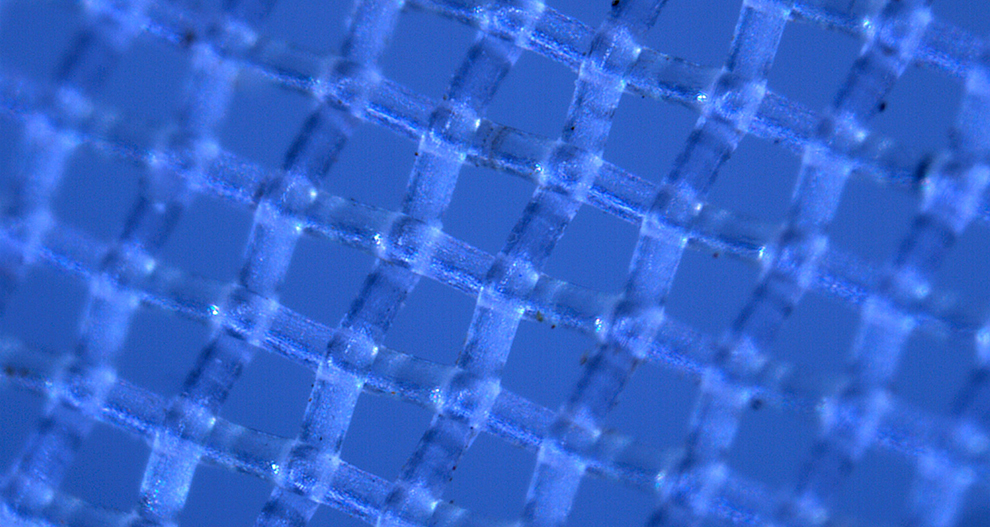
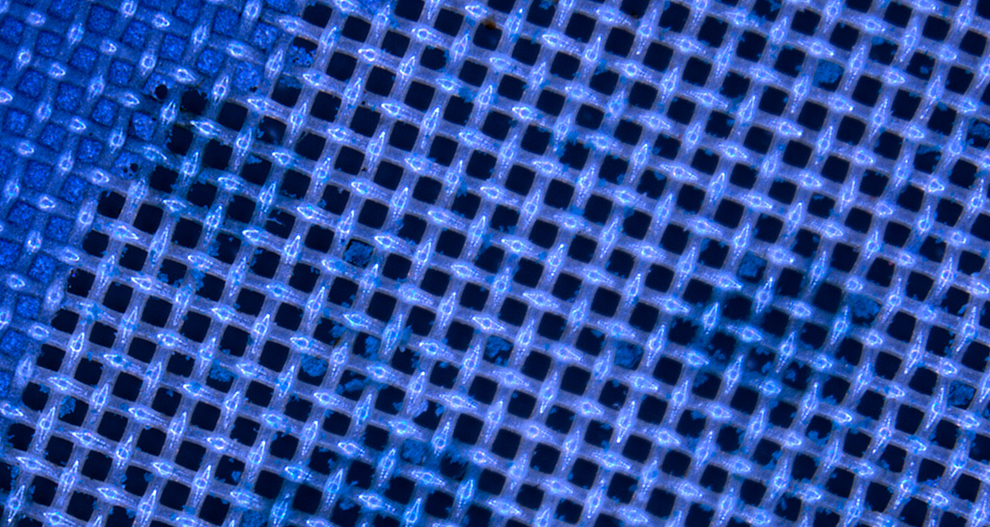
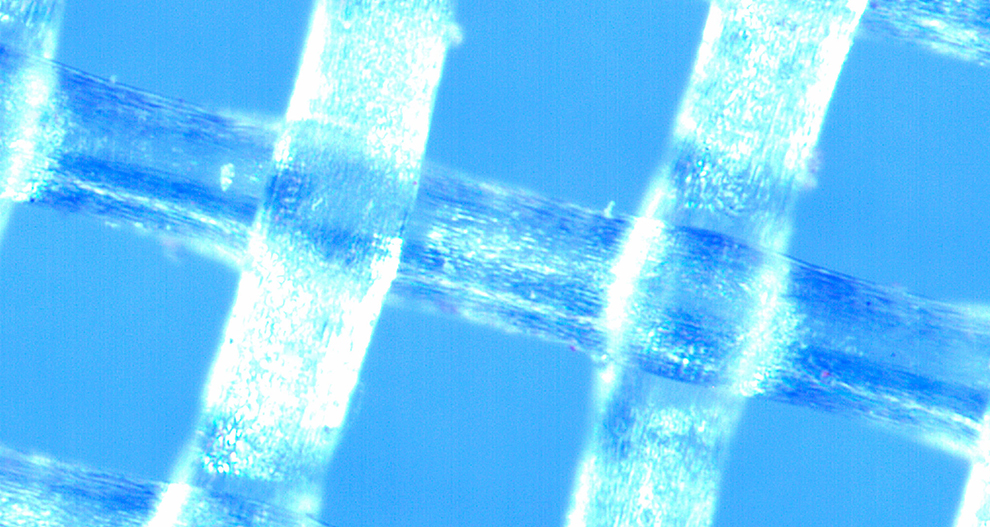
This project allows us to learn about the different graphic techniques in a way unknown before, and to study their peculiarities in-depth through microanalysis of dozens of samples of each of them.
_Conclusions
The second chapter of the book entitled "Anode-Cathode. Electrolysis and Galvanography. The Chemical Memory Sculpted by Electrons" provides the main conclusions and scientific achievements of this project. "Anode-Cathode. The Chemical Memory Sculpted by Electrons" is structured into three distinct well-differentiated parts, which coincide with the programmatic approaches of the dx5 group and the way in which research projects developed by this team are usually addressed. These three approaches –theoretical-conceptual, scientific-technical, and artistic-practical– are reflected in the three major sections that articulate this book.
